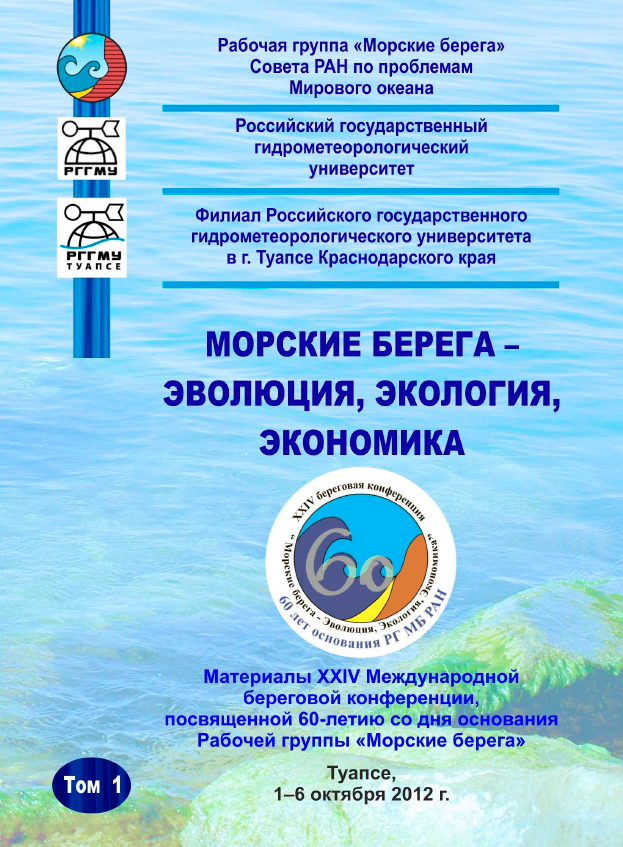BISAC NAT010000 Ecology
BISAC NAT045050 Ecosystems & Habitats / Coastal Regions & Shorelines
BISAC NAT025000 Ecosystems & Habitats / Oceans & Seas
BISAC NAT045030 Ecosystems & Habitats / Polar Regions
BISAC SCI081000 Earth Sciences / Hydrology
BISAC SCI092000 Global Warming & Climate Change
BISAC SCI020000 Life Sciences / Ecology
BISAC SCI039000 Life Sciences / Marine Biology
BISAC SOC053000 Regional Studies
BISAC TEC060000 Marine & Naval
In the given work the circulation caused in the various speed of warming up (cooling) of shallow and deep-water zones of pool (the phenomenon of the thermal bar) is simulated. The thermal bar is formed in the spring at heating a coastal part of a reservoir above +4 °C and in the autumn during cooling below\ +4 °C. Conditions of the thermal bar occurrence and dependence of circulation on specificity of warming up above underwater slopes with different biases are shown. Influence of the thermal bar on ecology system of large lagoons as it divides two zones with different characteristics of water that defines spatial distinctions of plankton populations is considered. It is supposed to analyse in the further influence of parameters on arising circulation and to compare results to experimental data.
In the given work the circulation
1. Konnor Dzh., Brebbia K. Metod konechnyh elementov v mehanike zhidkosti. Per. s angl. L. : Sudostroenie, 1979. 264 s.
2. Paskonov V.M., Polezhaev V.I., Chudov L.A. Chislennoe modelirovanie processov teplo- i massoobmena. M. : Nauka. Glavnaya redakciya fiziko-matematicheskoy literatury, 1984. 288 s.
3. Chubarenko I.P. Gorizontal'naya konvekciya nad podvodnymi sklonami. Kaliningrad : Terra Baltika, 2010. 256 s.





